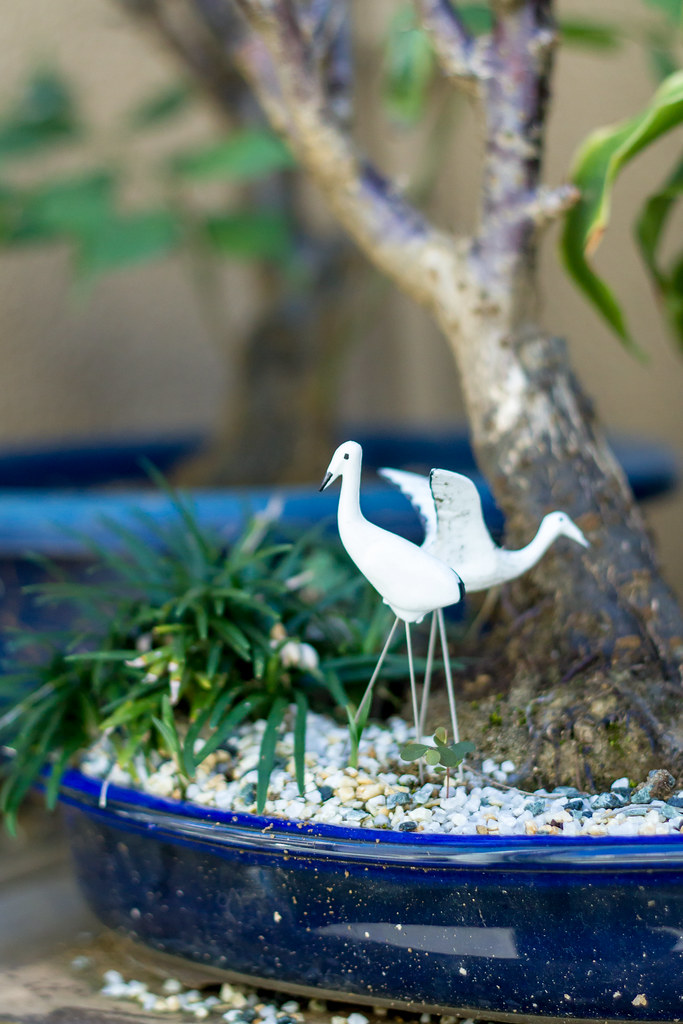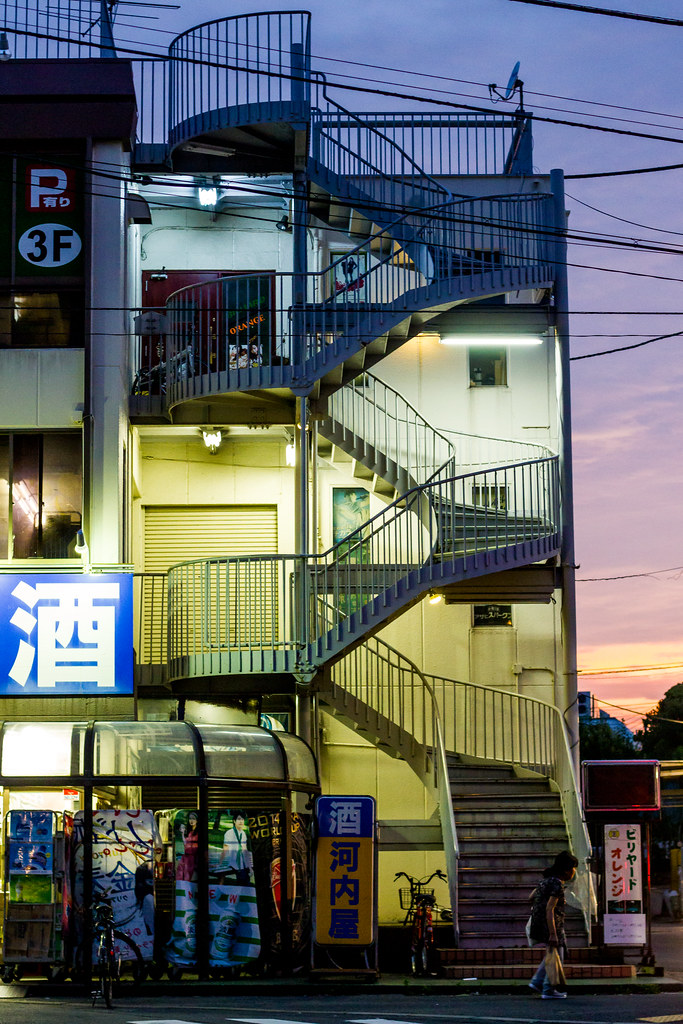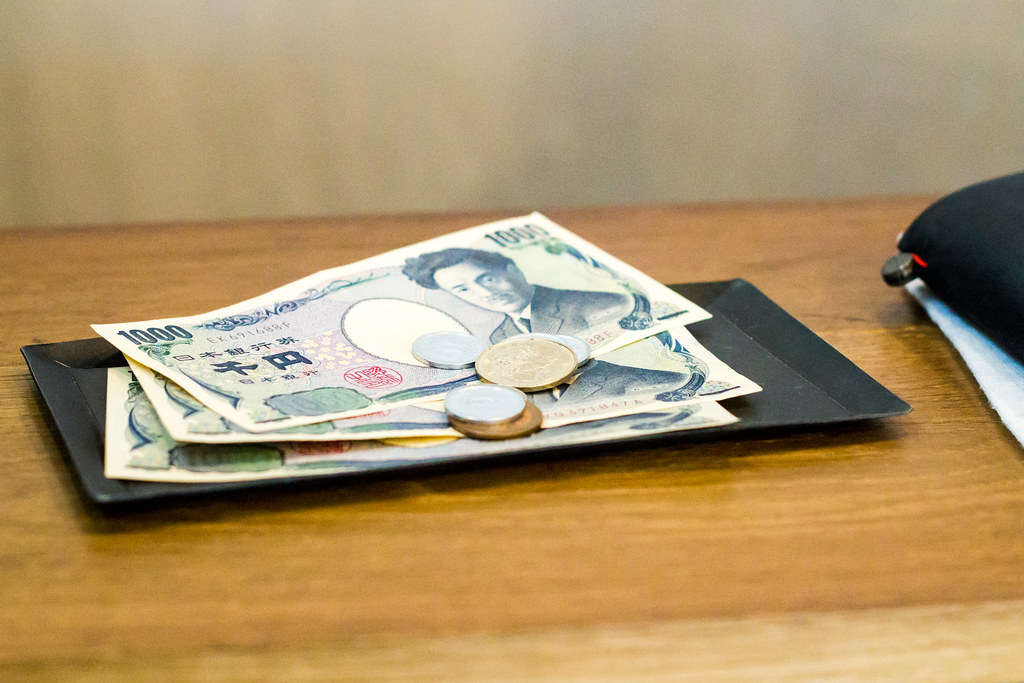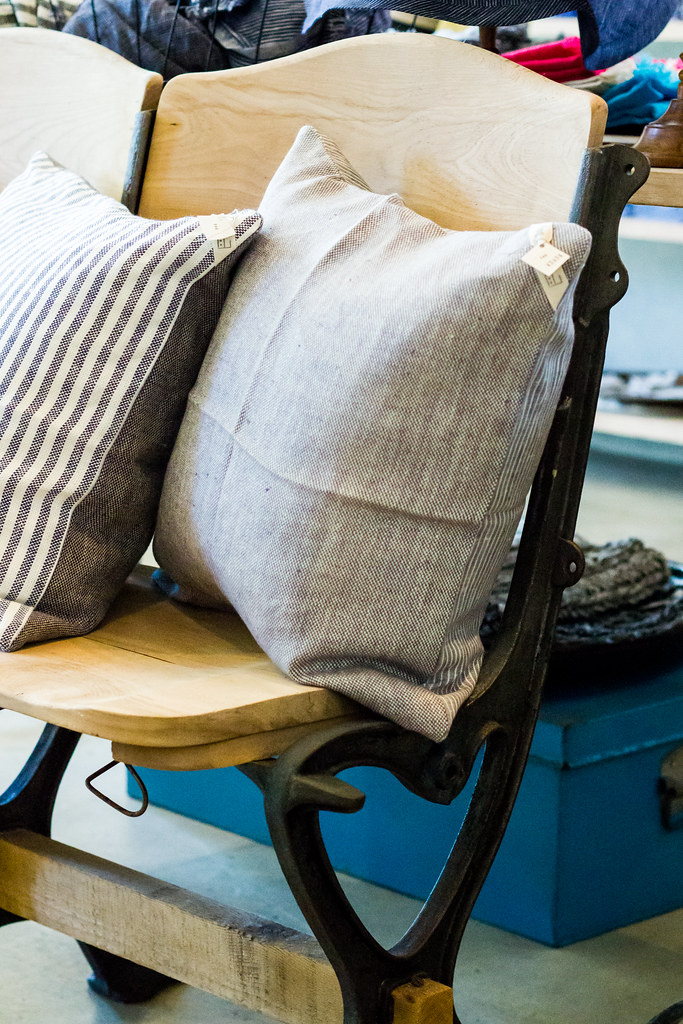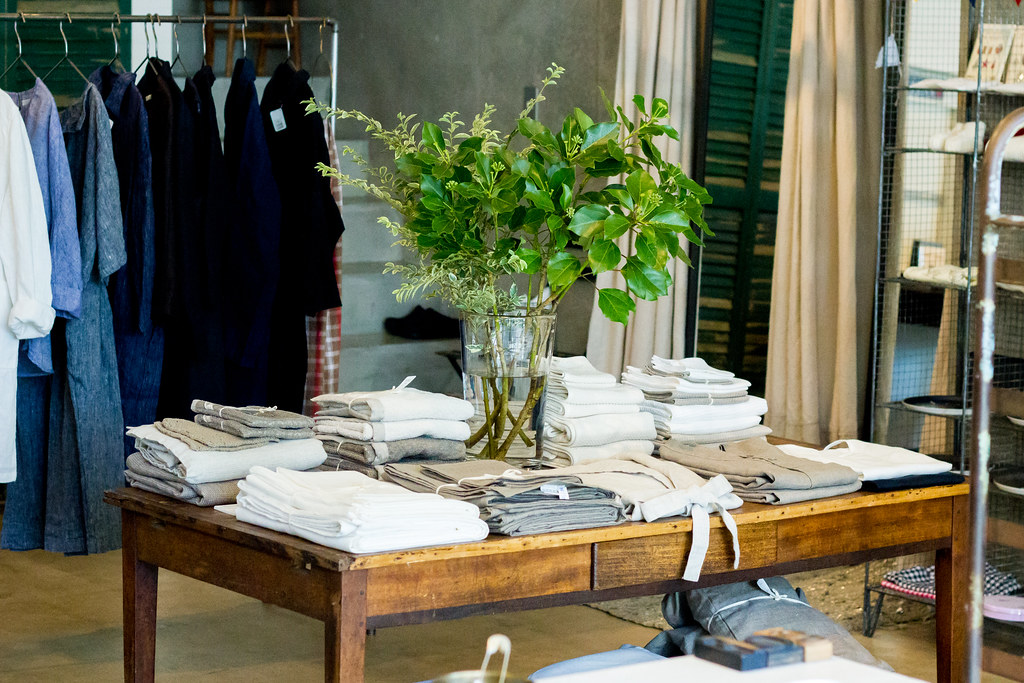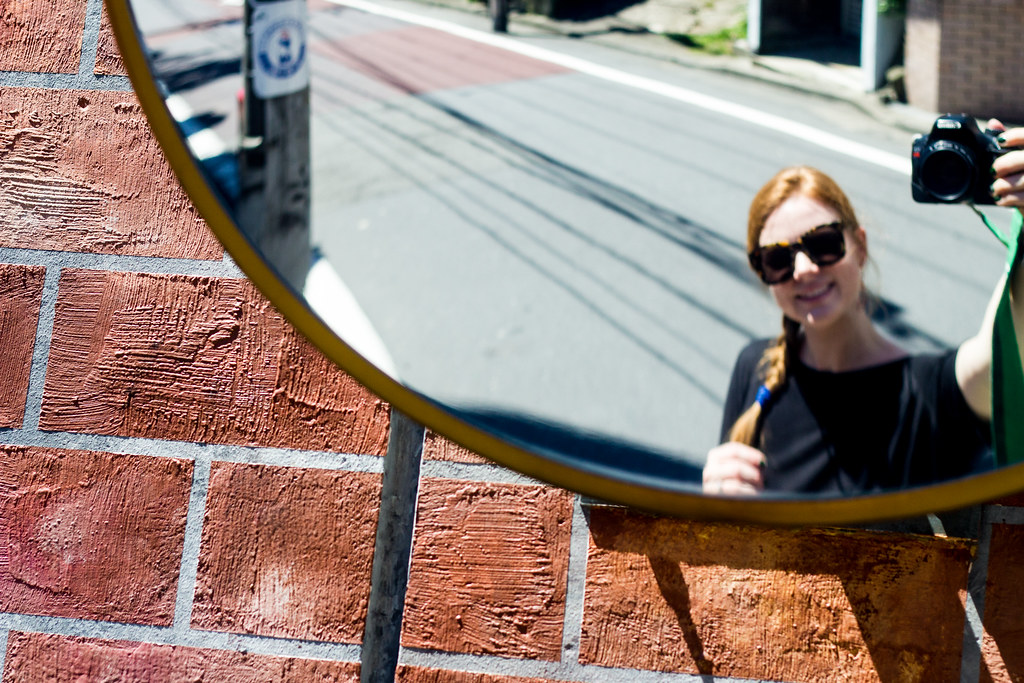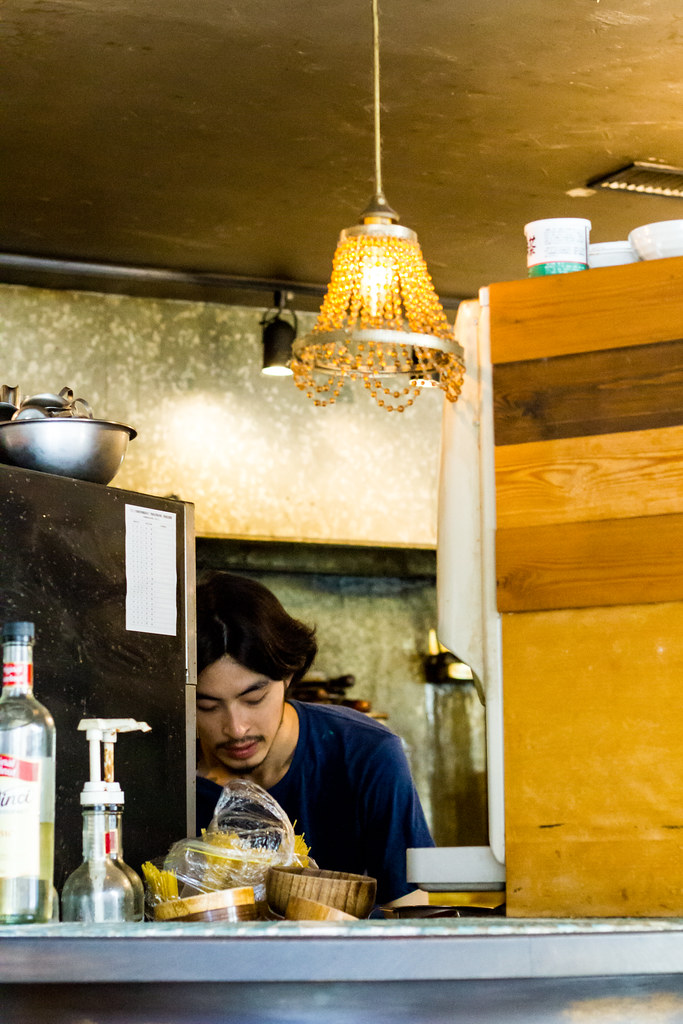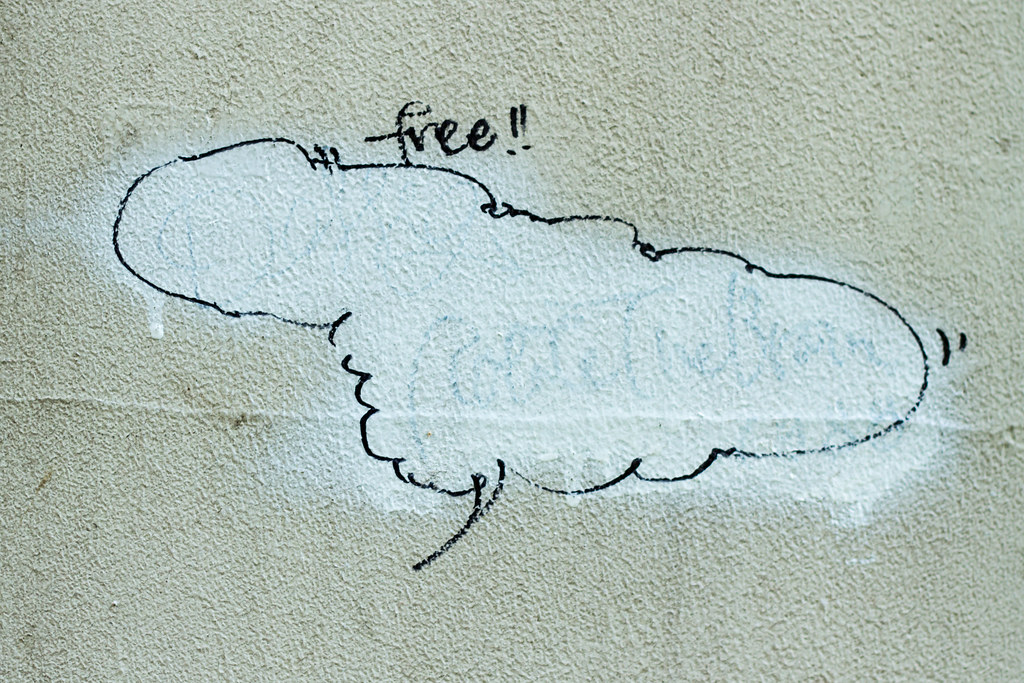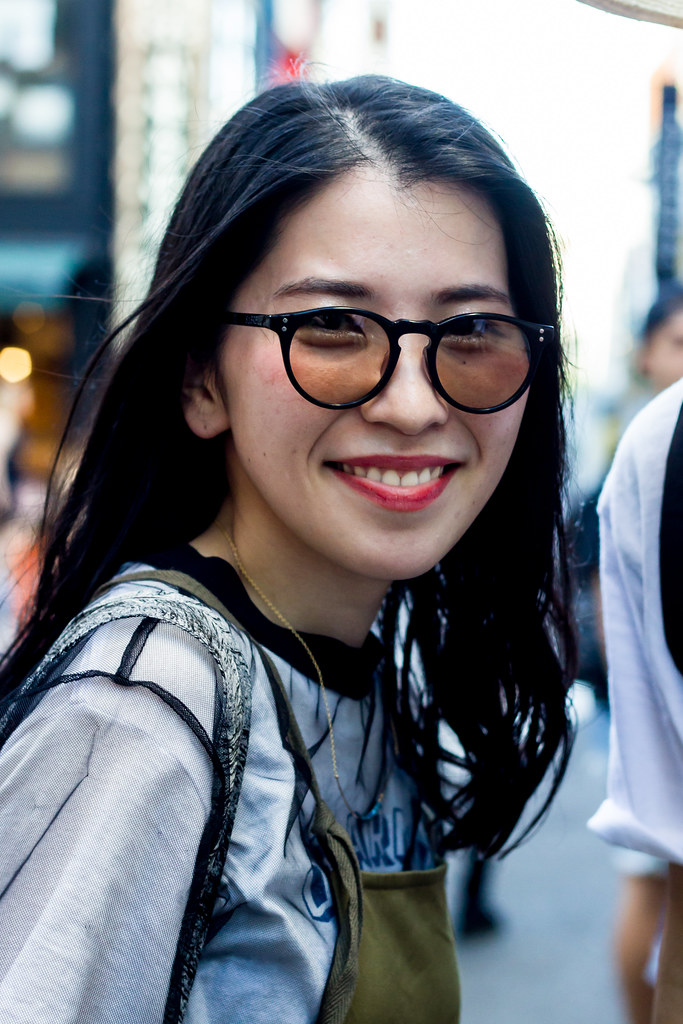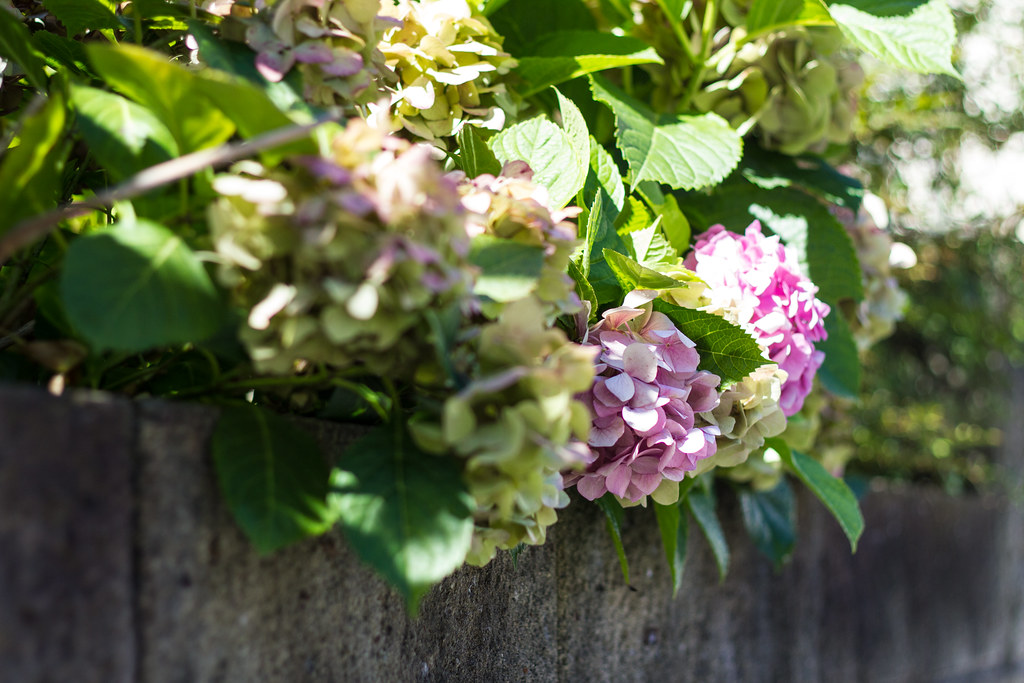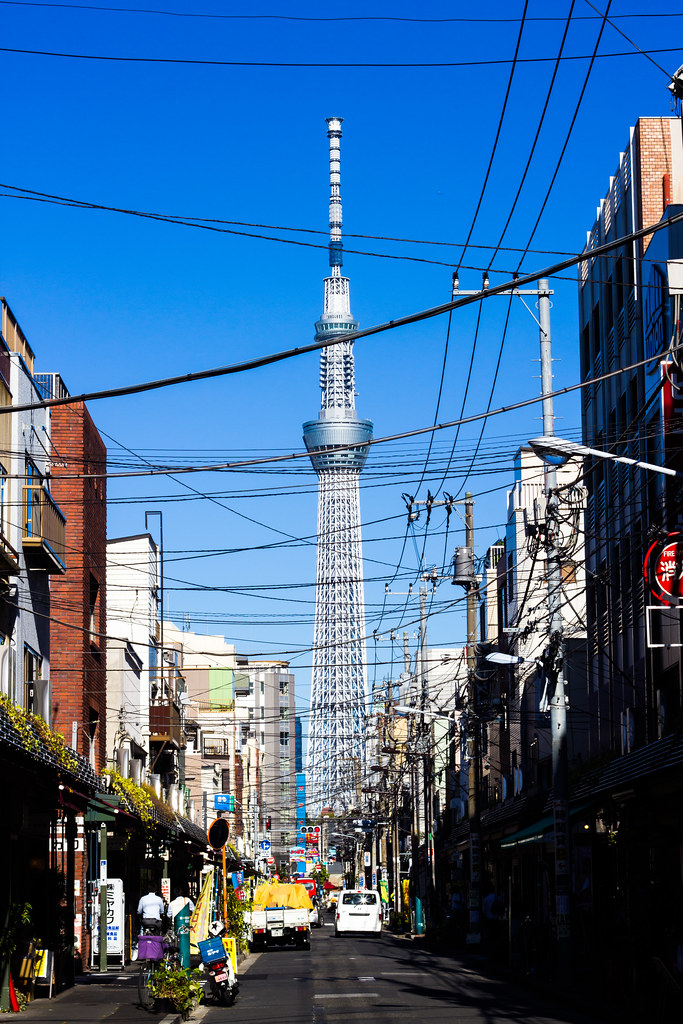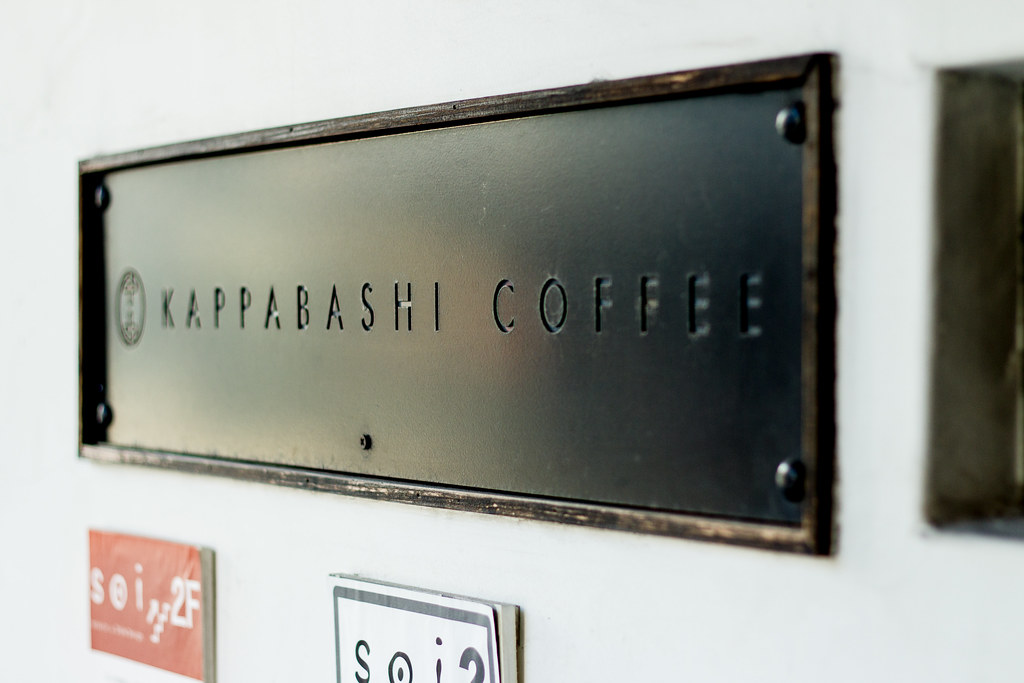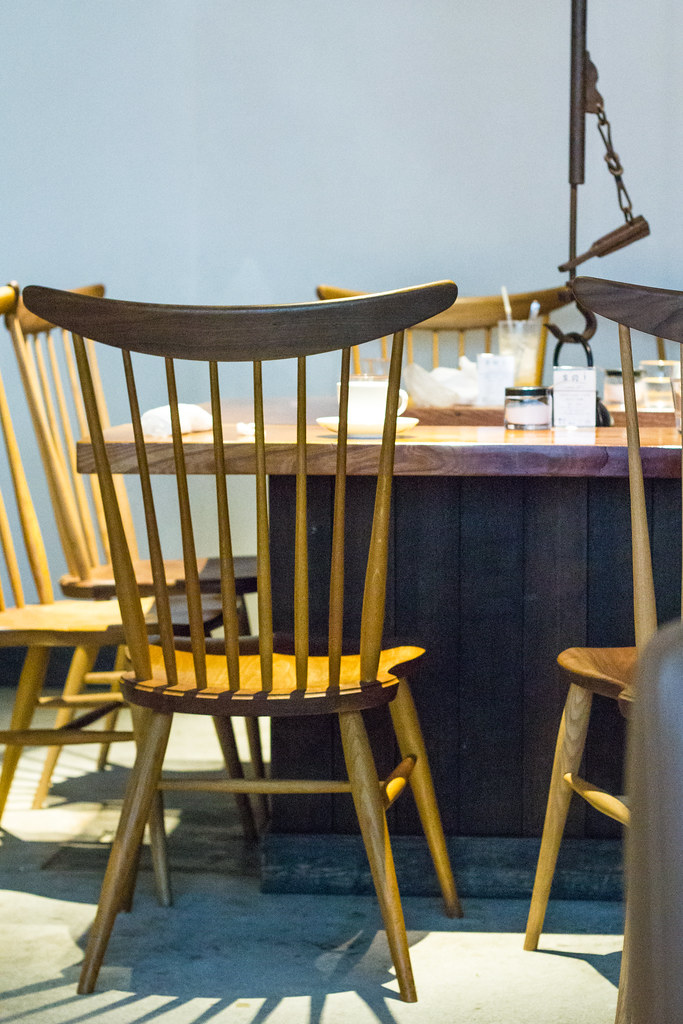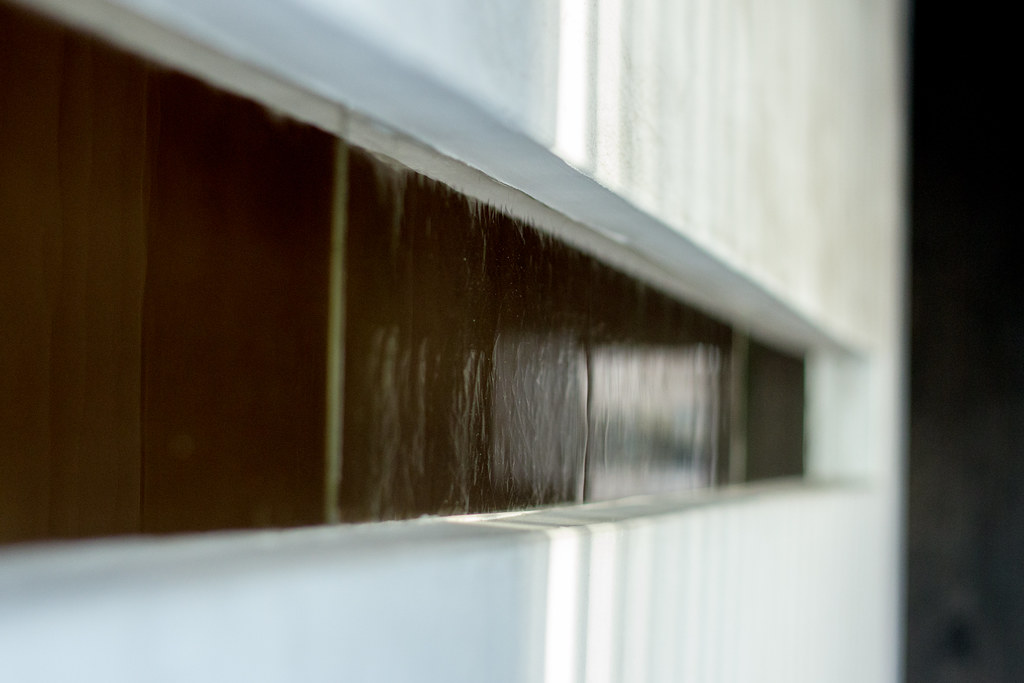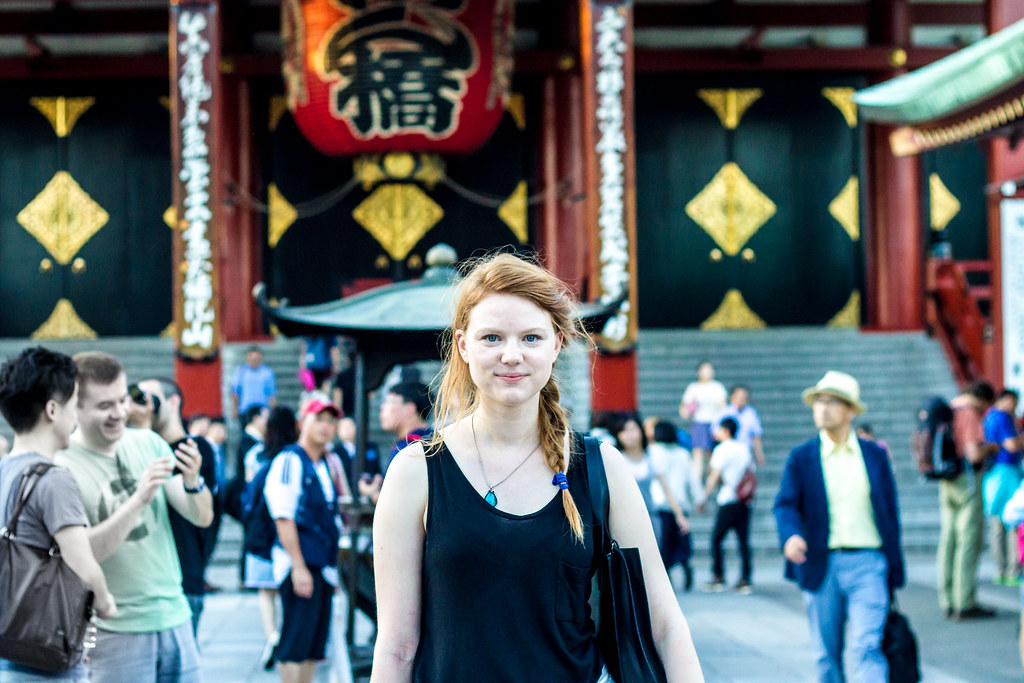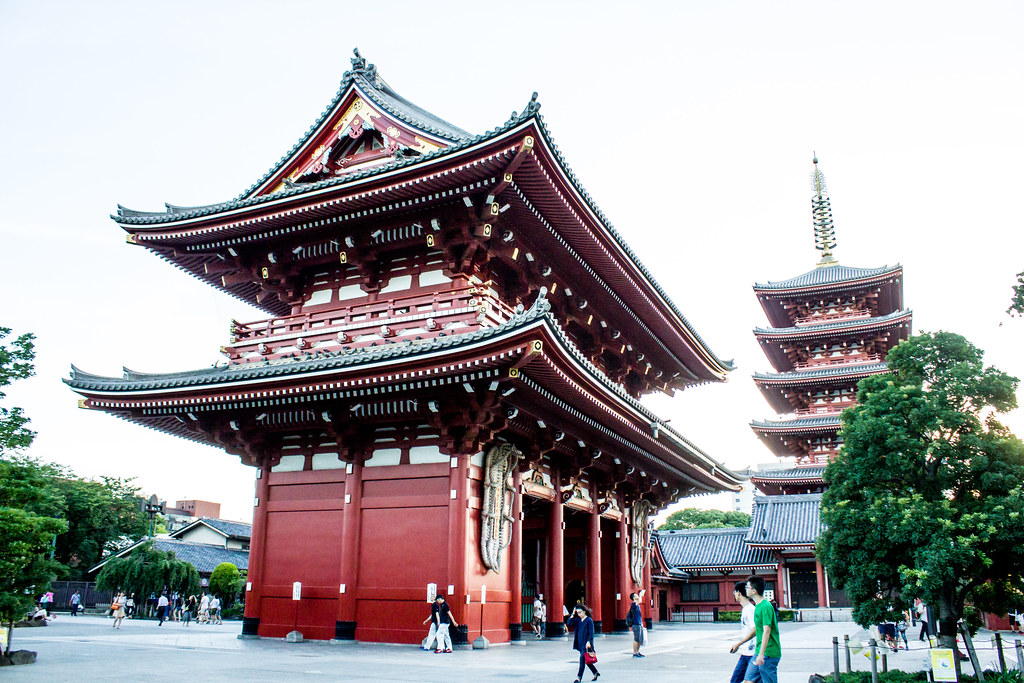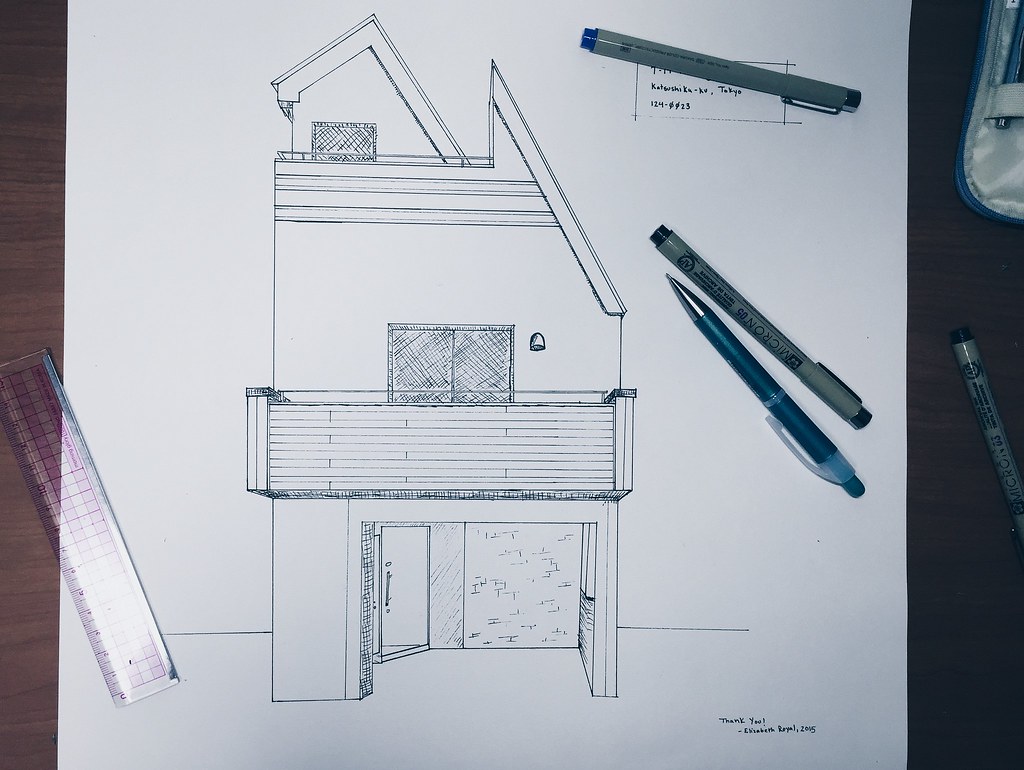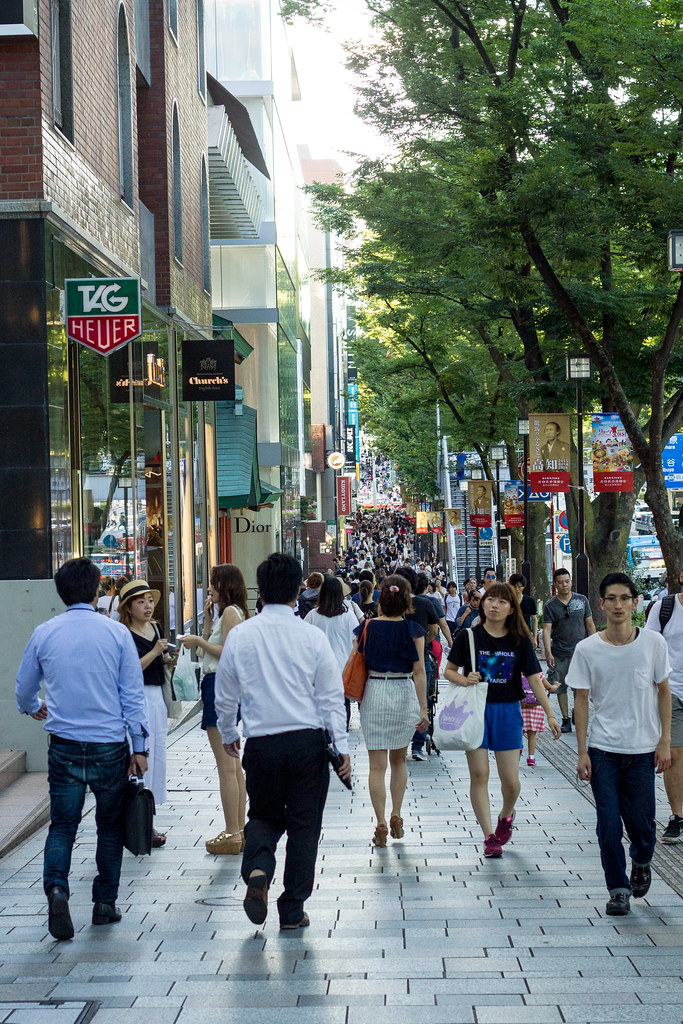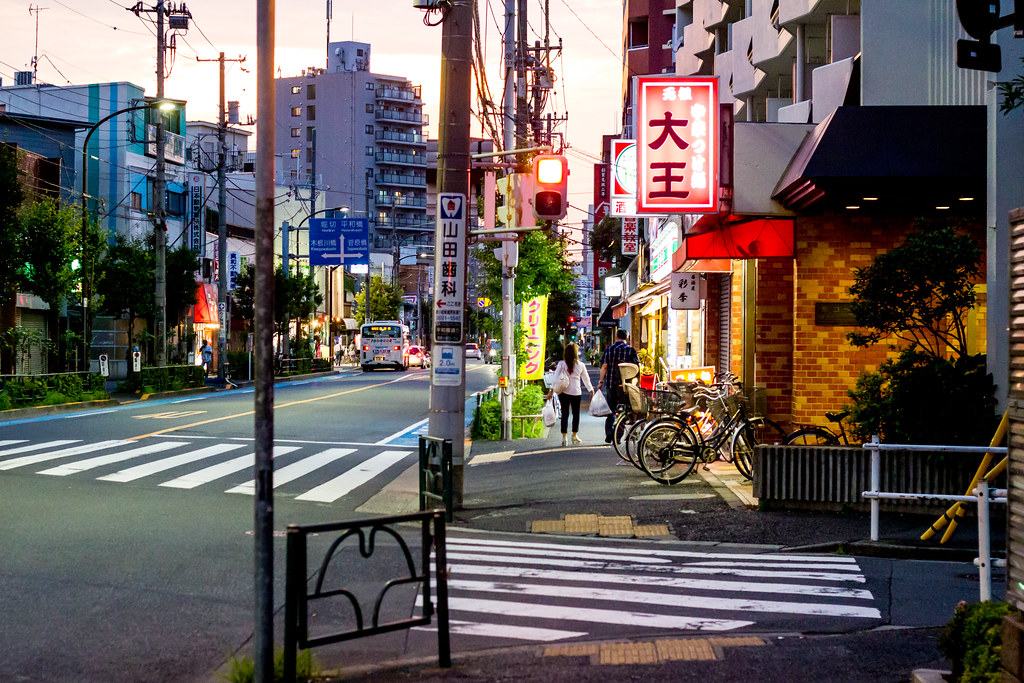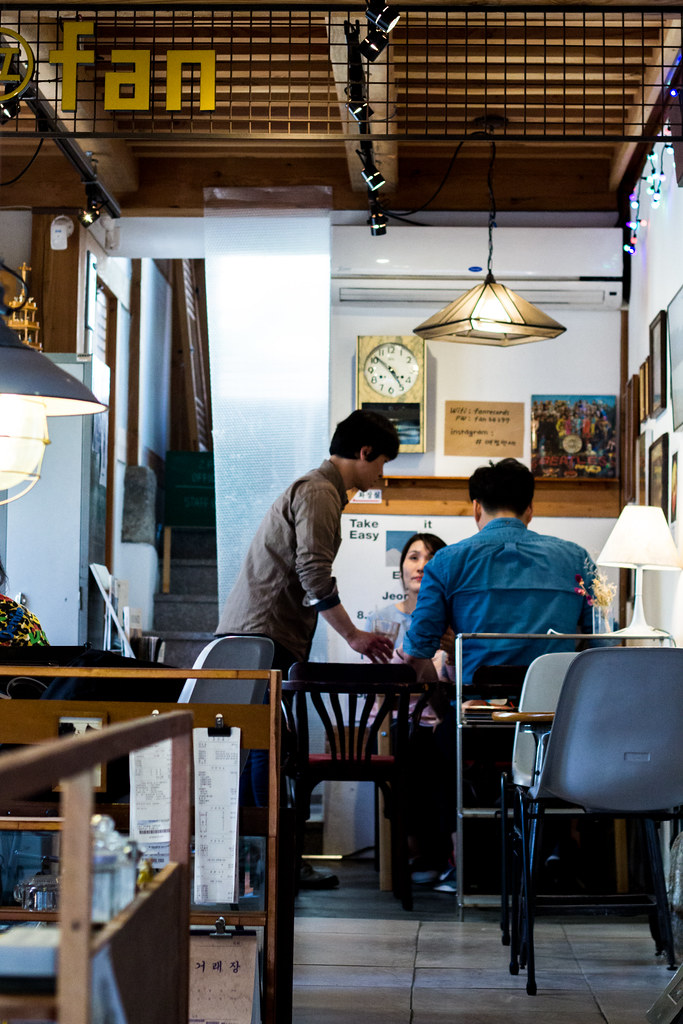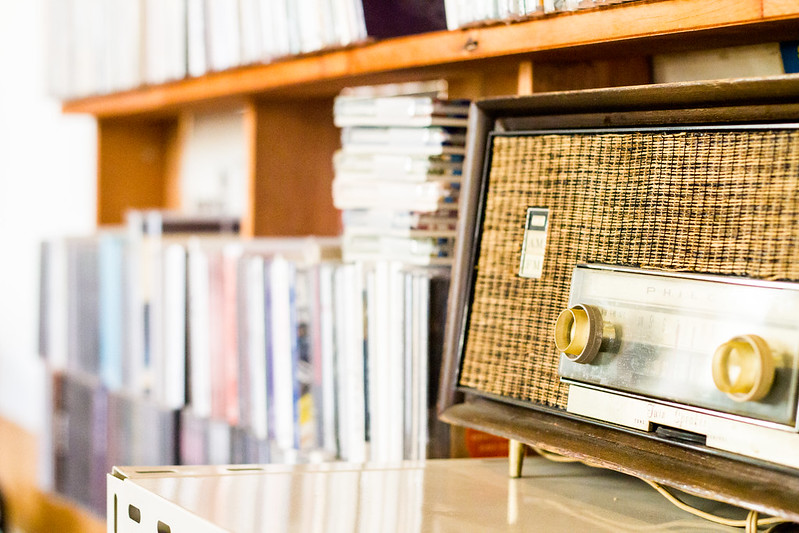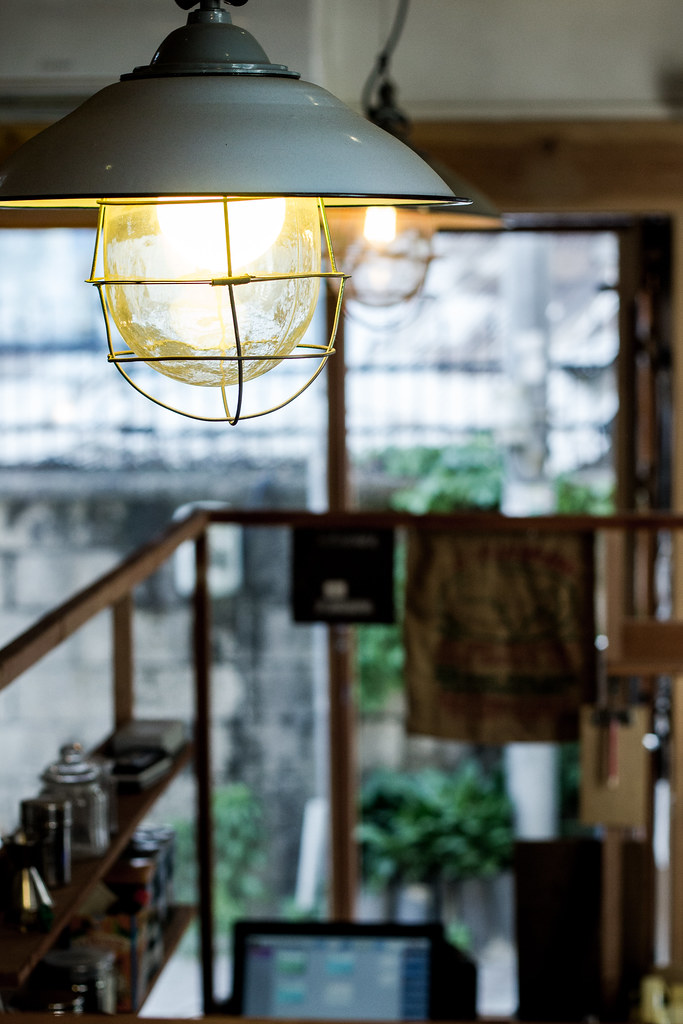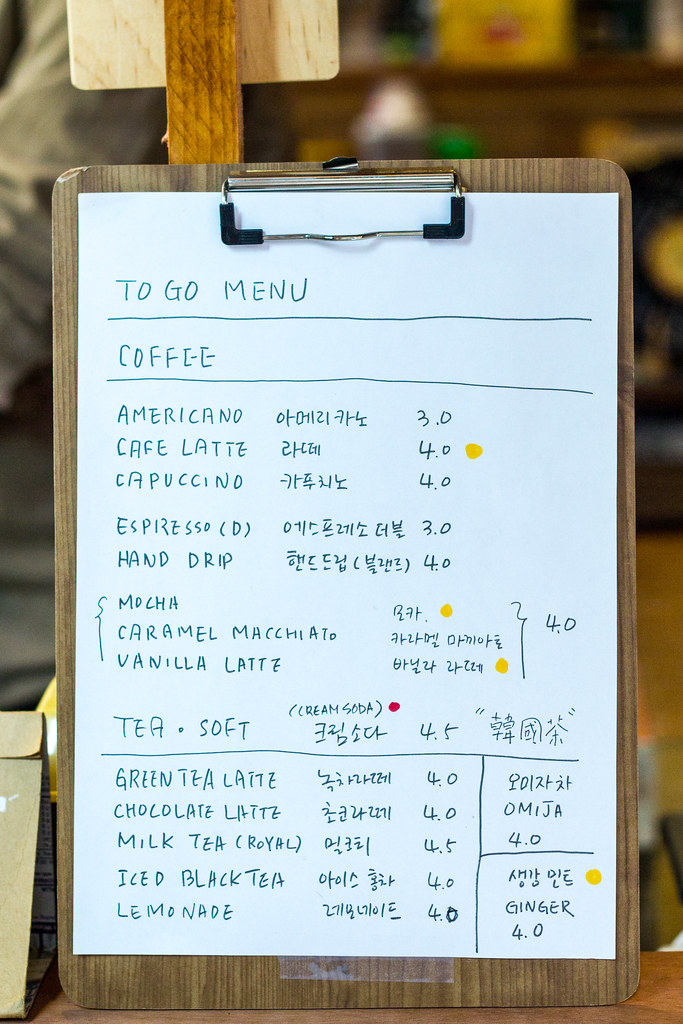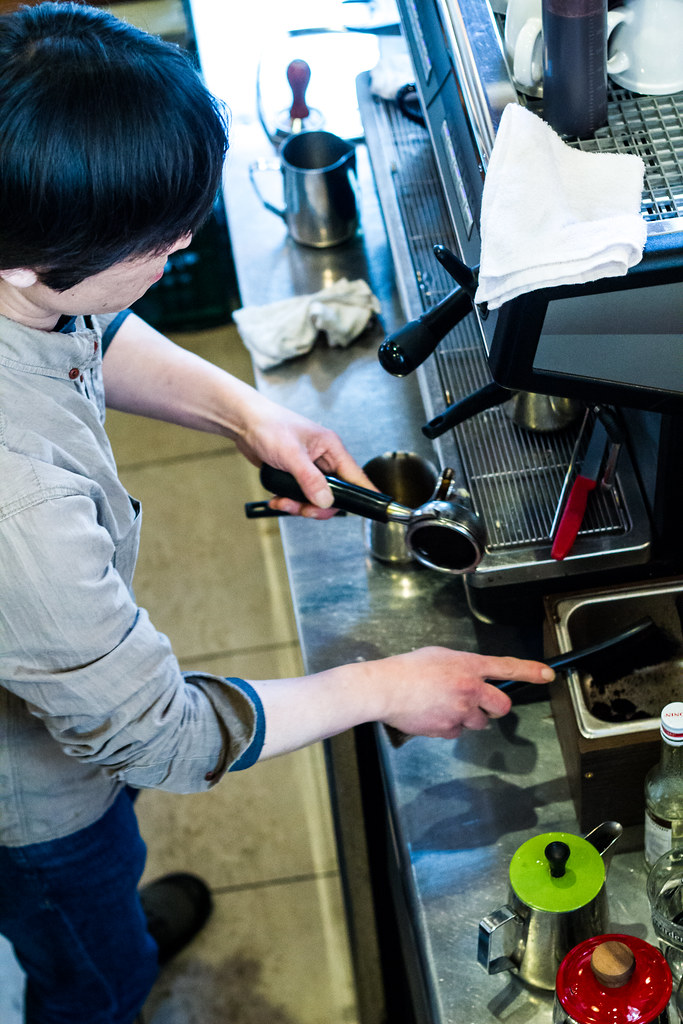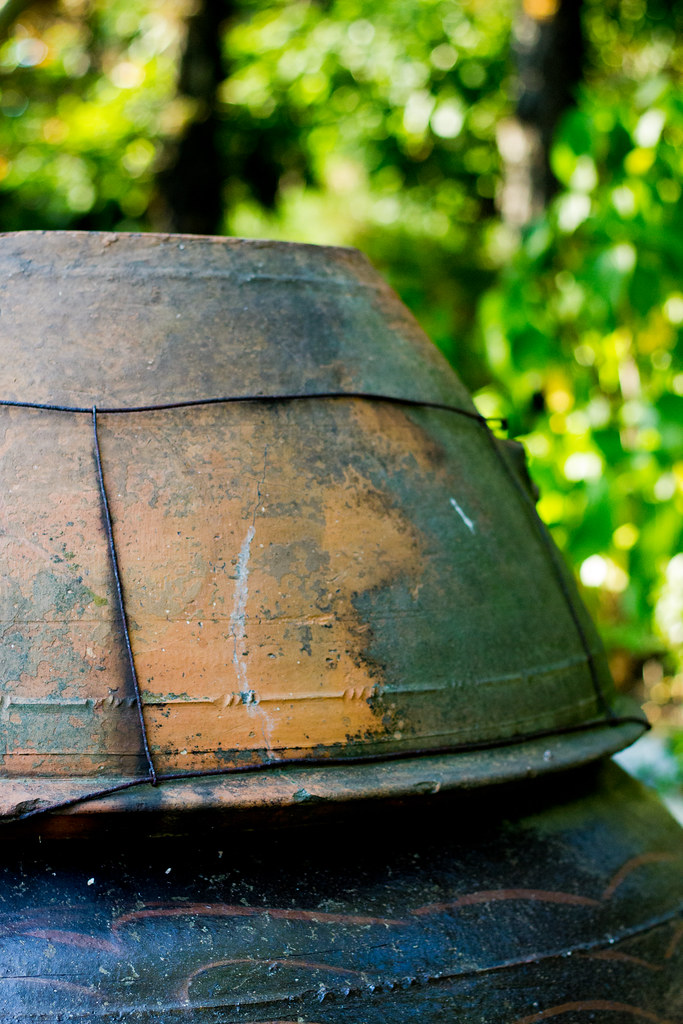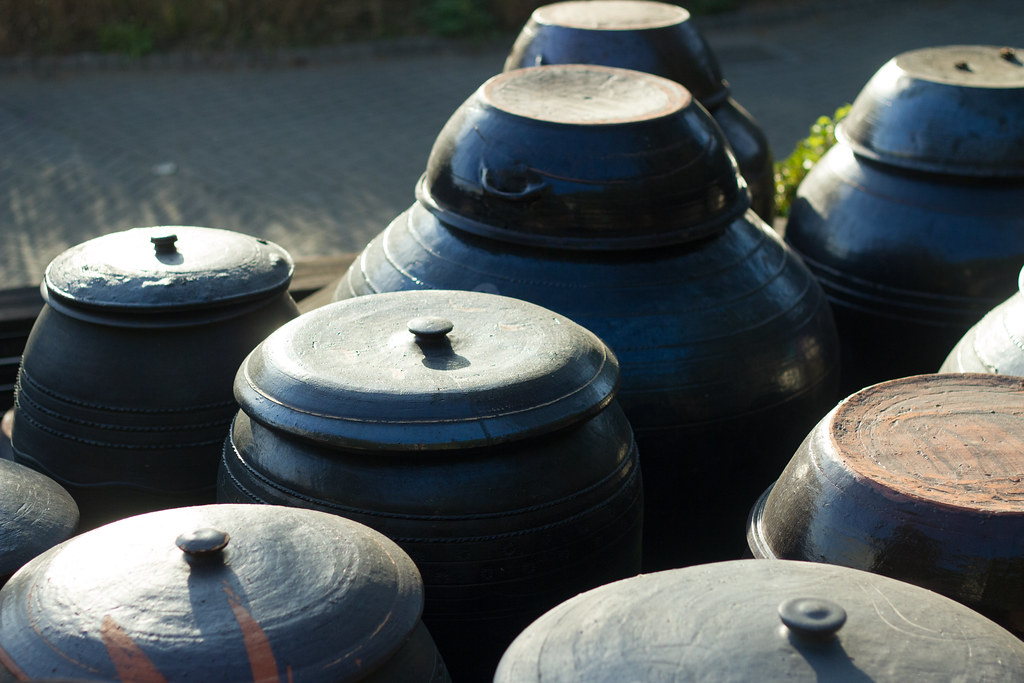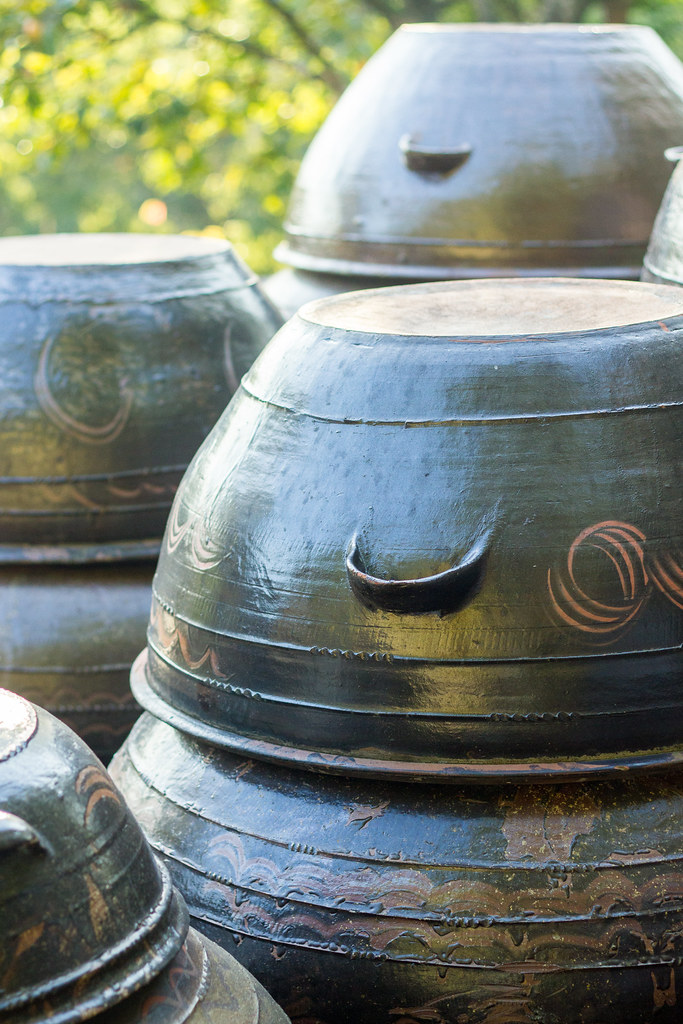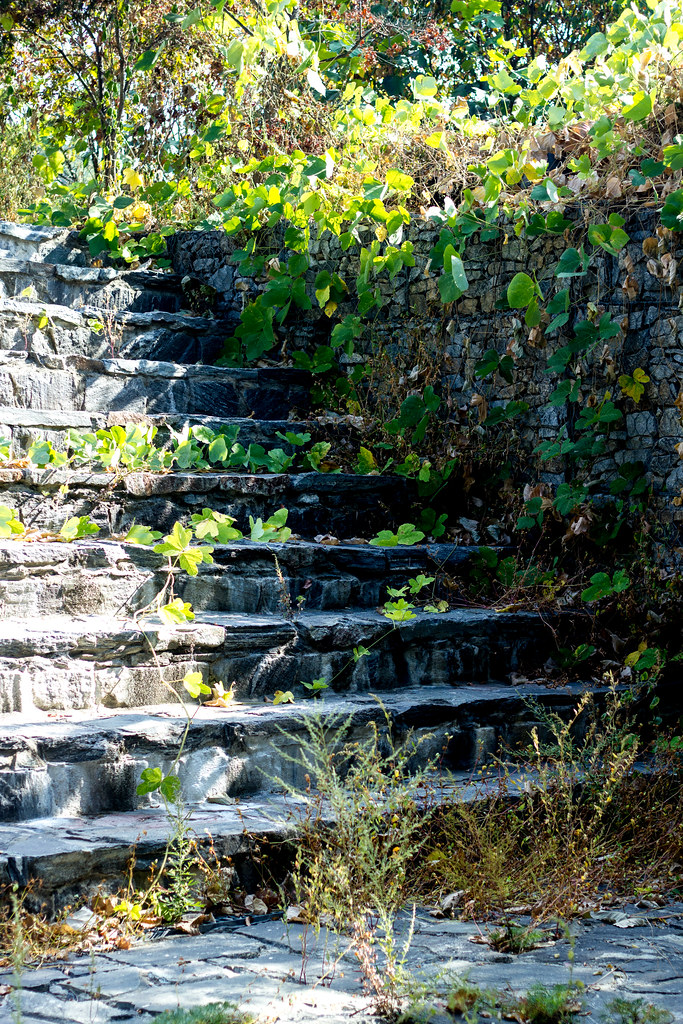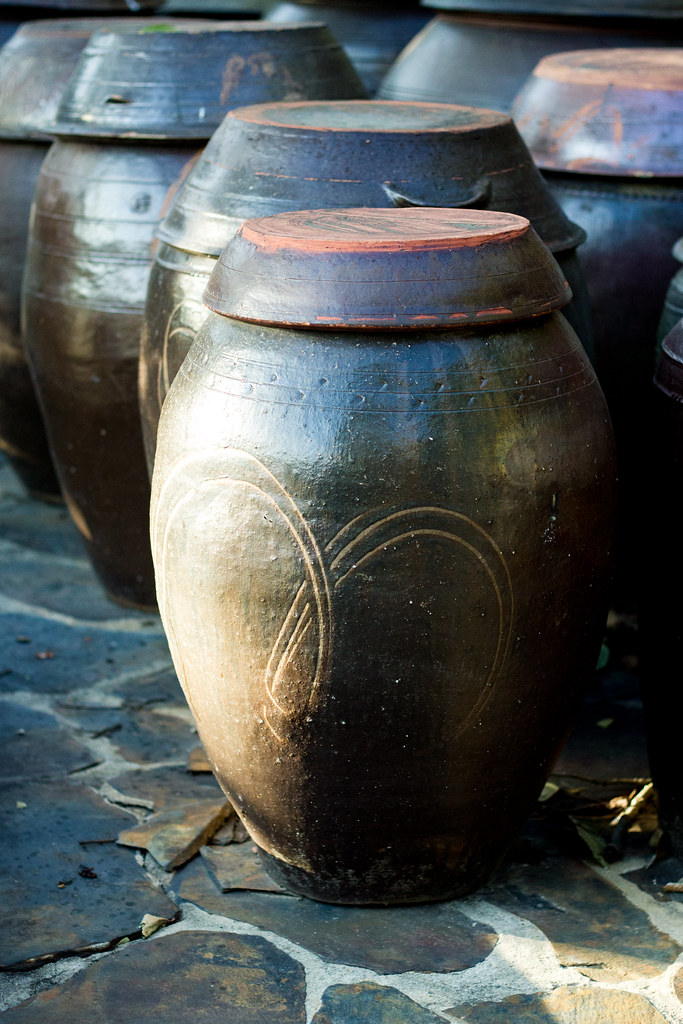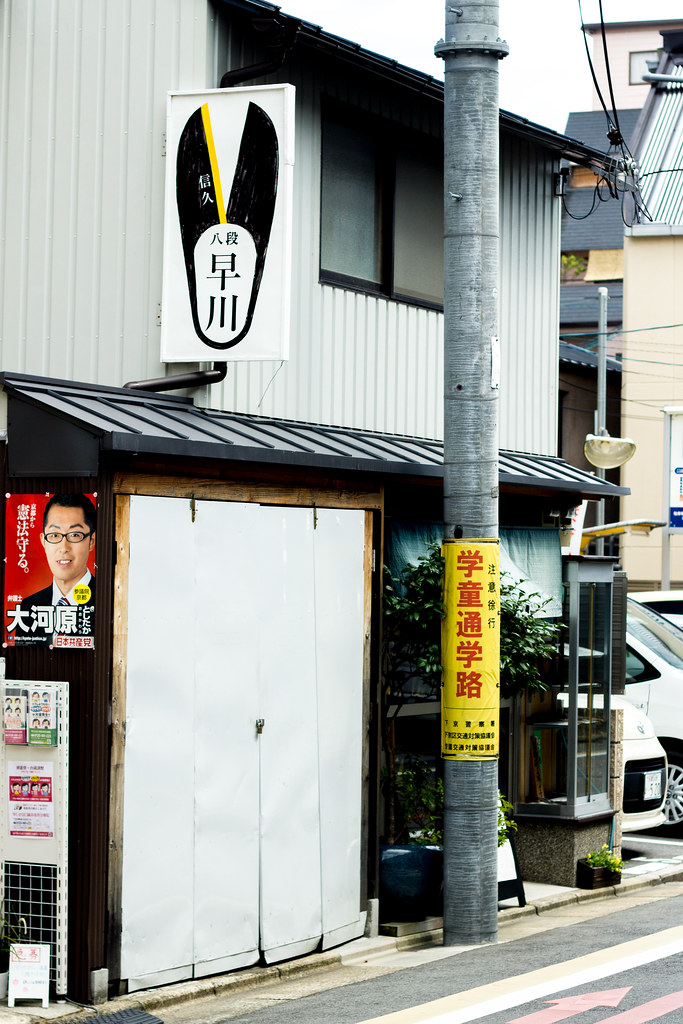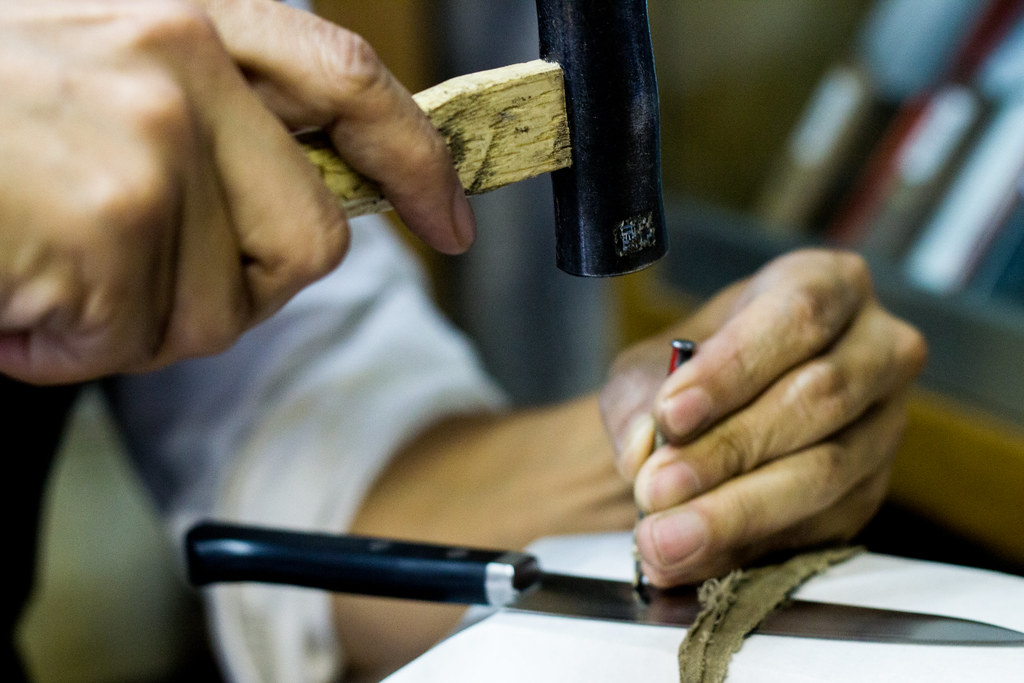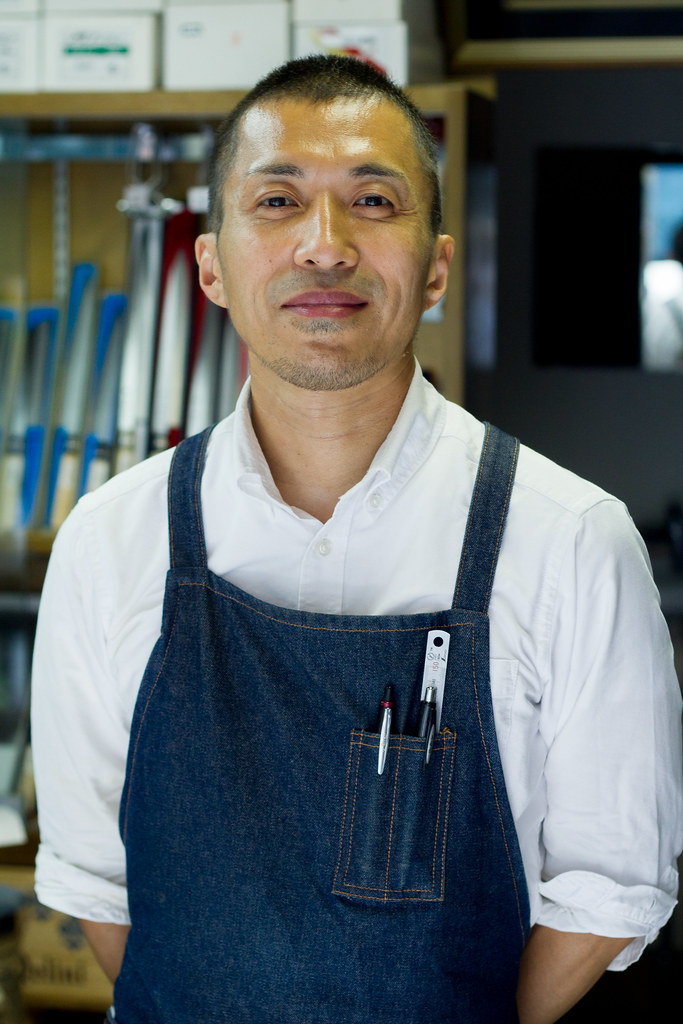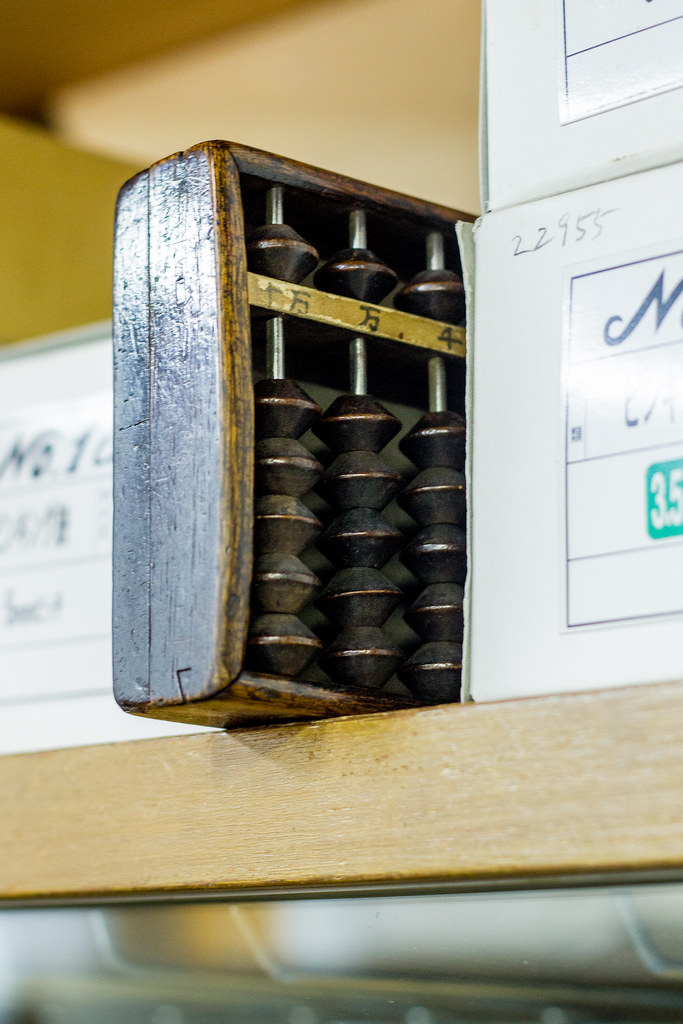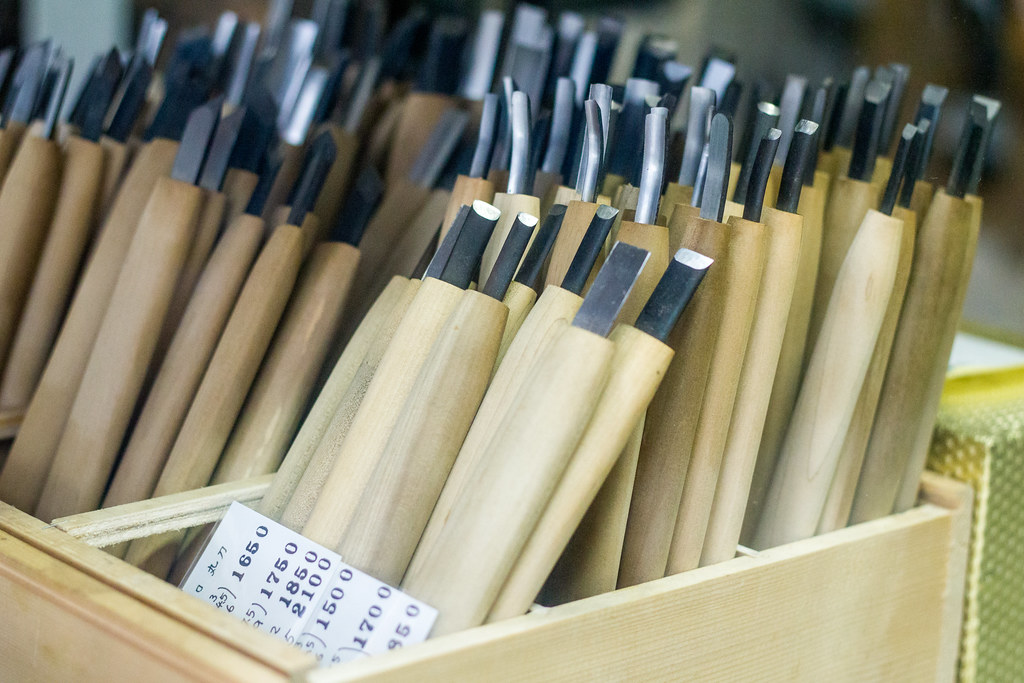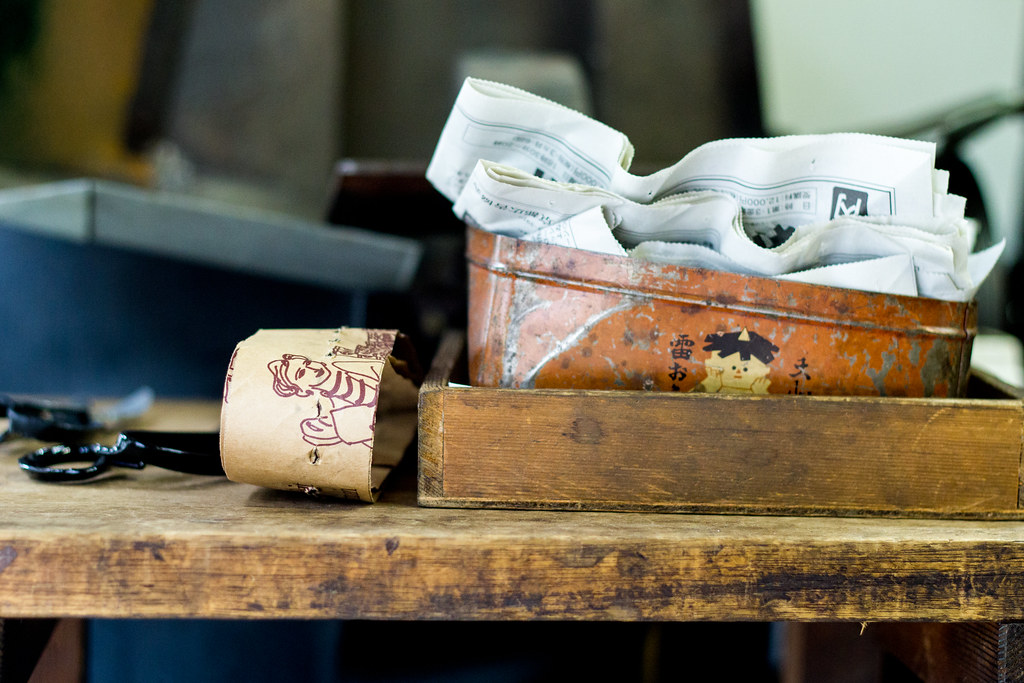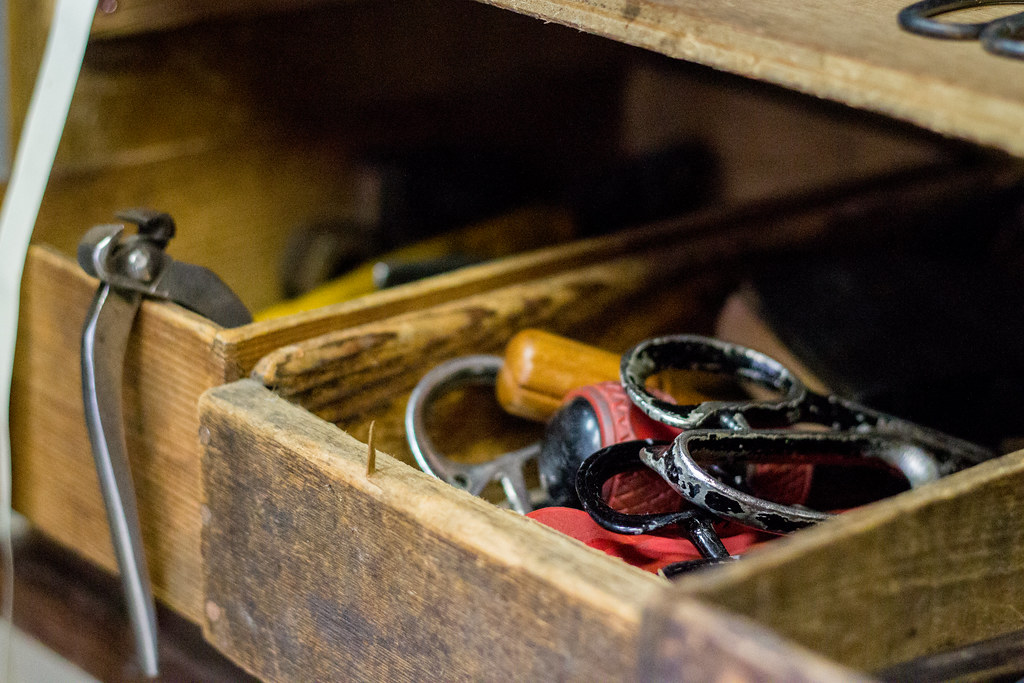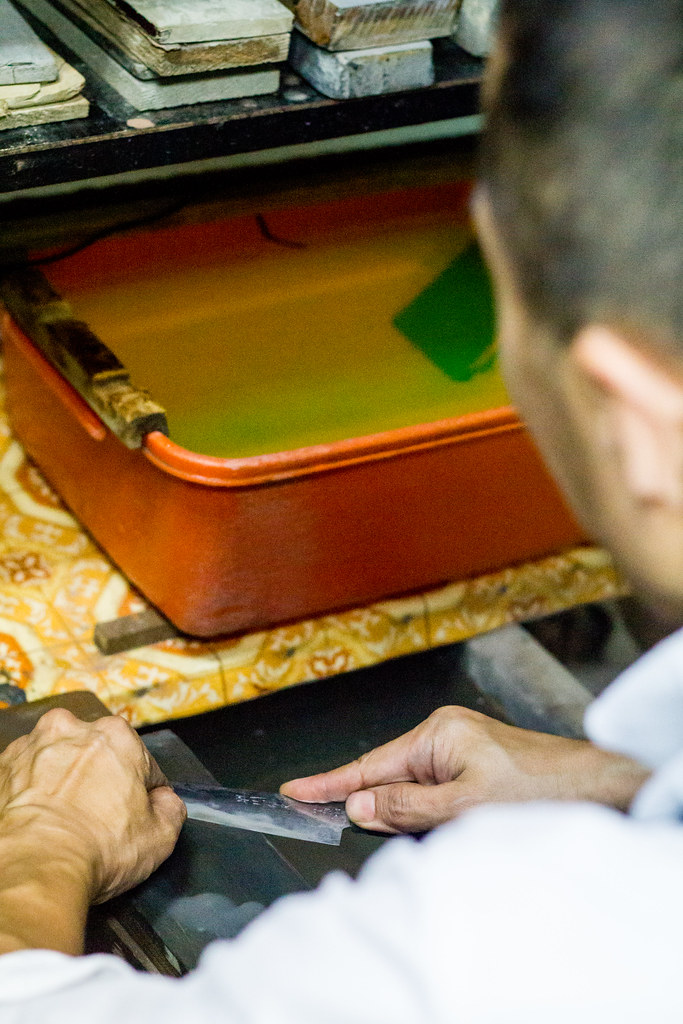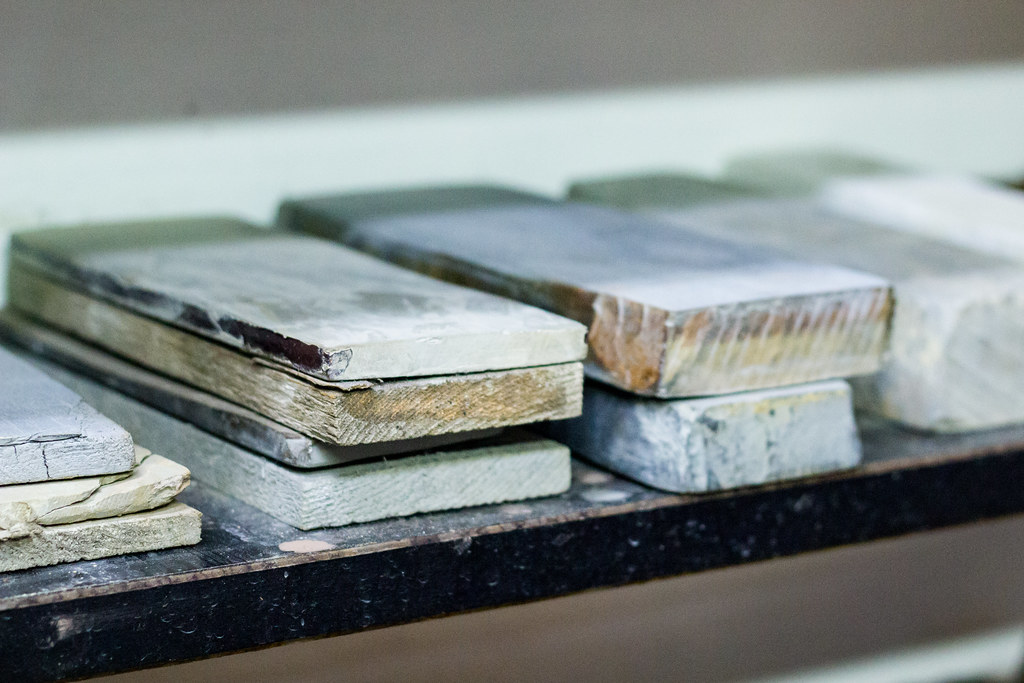Putting Down The Camera, Picking Up The Fork: Eating Without Instagramming

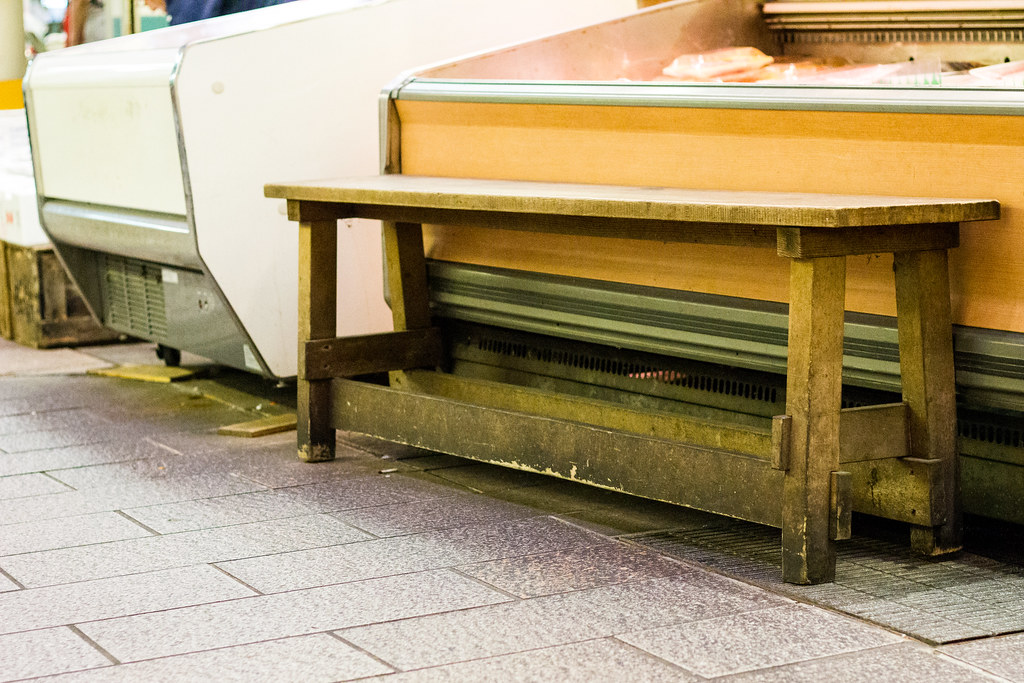
(All photos taken at the Omi-cho Market in Kanazawa. This market has been running for over 280 years!)
The precedent to not photograph my food was set early on my vacation to Japan, though I didn’t realize it was happening at the time. My first meal in Tokyo was simple Japanese home cooking prepared by the host of the apartment I had rented. I had just flown over from Seoul and had been trying to navigate the confusing Tokyo subway system for nearly two hours in the summer swelter. I was exhausted, dehydrated, and ready for a nap.
My thoughtful hosts had air conditioned my room before my arrival and as I was unpacking, they called me downstairs to see if I wanted dinner. When I entered the tidy dining room I saw the food spread out on tiny dishes across the wide glass tabletop like little boats carrying precious cargo - my first meal in Japan. Chopsticks sat on their small porcelain holder in front of the food. On the right was a blue napkin with a traditional pattern that had been a Furoshiki cloth used to wrap a gift to my hostess before becoming part of the set of household linens.
That night we sat around the table and ate cold Shabu Shabu, sweet and slightly pink, layered on top of a salad of crisp lettuce and topped with home made Goma-Dare, a pleasantly bitter sesame dressing. In addition there was a bowl of miso soup, Japanese pickles called Kyurizuke, savory with a strong soy sauce flavor, and a tiny bowl of traditional Japanese curry served piping hot. It was not until we had finished our conversation and our meal that I had realized that I had left my phone and my camera in my room and had not stopped to do the requisite meal time photo shoot required of any adventurous, internet savvy eater.
As I lay in bed that night fiddling with Instagram on my phone and lamenting that I had not been able to capture that meal to share with the world I thought about how my relationship with food was now interconnected with social media, particularly Instagram and blogging.
Growing up, food had always been unspectacular until I got my first kitchen, a tiny galley with basic renters equipment in a studio apartment. I was eighteen and I wanted to cook like a pro, to really enjoy and savor my meals but I found myself spending more time documenting than eating. I realized that my memories of food were more about colors, light, and angles than flavors. The purpose of food, to me, was to photograph it. The communal experience of a meal and accompanying conversation had always been punctuated by shutter clicks. It was as if my pre-meal prayers consisted of staging and a round of photographs.
As I continued to think about it throughout the trip I came to the conclusion that the practice of food photoshoots at everyday meals isn’t always a bad thing, even if it can be a huge distraction. Food, at its heart, has always been about communication. We speak important things with each dish we place in front of ourselves and others. When I serve the meals I make for myself at home they come out somewhat untidy, a bit rushed, just like the state of a weeknight kitchen at home. A restaurant’s gorgeous plating signals us to look, taste, smell, to enjoy slowly and carefully. And now we share those silent modern day smoke signals with the world over social media: Here is what I’m eating. This is who I am and how I live now.
In Japan, though, I was caught off guard. After nearly six days of eating without photographing my food something clicked, and it happened at the best meal that I had on my entire trip to Japan.
One evening, I followed the winding streets to a dot marked on a piece torn from my tourist map. One of the baristas at a cafe had marked a few places for me and this one was closest to my hotel. I found myself at a very traditional Japanese restaurant. I went in and removed my sandals and they seated me on the floor at a large table in a room crowded with Japanese businessmen talking in low tones. Then, informed me there was no English menu and asked if I still wanted to stay.
Fortunately, the businessmen next to me spoke English, inquired about my taste, and then took the liberty of ordering several dishes for me. When the food arrived, with austere and delicate presentation, it did not disrupt our conversation. I did not even think to punctuate it with shutter snaps.
Moreover, I could not remember the names of the dishes though they had been told to me. Because of this the food was something completely unto itself, identified only by flavor. After dinner I wrote in my travel journal that I had eaten small bites of tender grilled fish, sweet and smooth with an underlying flavor reminiscent of honey and gracefully plated slivers of pink translucent sashimi. The sashimi was immaculate it seemed to resist just the slightest when I bit into it. They had paired it with an alcohol made from sweet potatoes that was served very cold.
It was, perhaps, the most beautiful meal I had ever eaten in my life and not a single photo exists of it. The only physical recollection of the meal is a few hastily written lines in my journal describing the notes and flavors of it and the fragment of the map I put next to it. But unlike countless other meals that I have photographed and eaten and have managed to Instagram or blog I remember every detail.
I set the camera down. I tasted everything.
I set the camera down. I tasted everything.
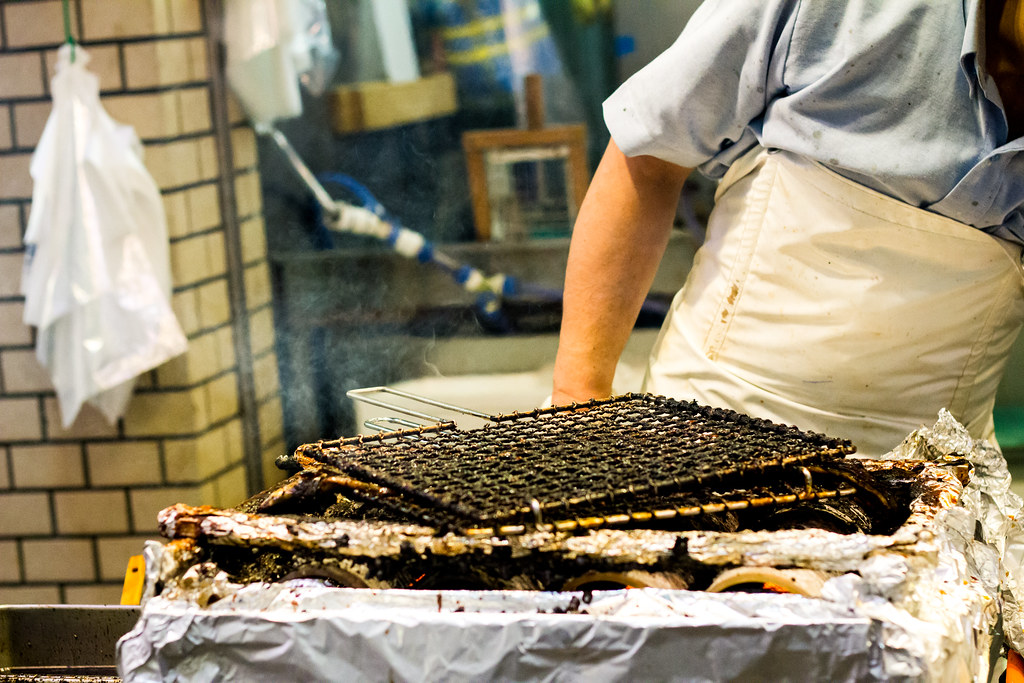
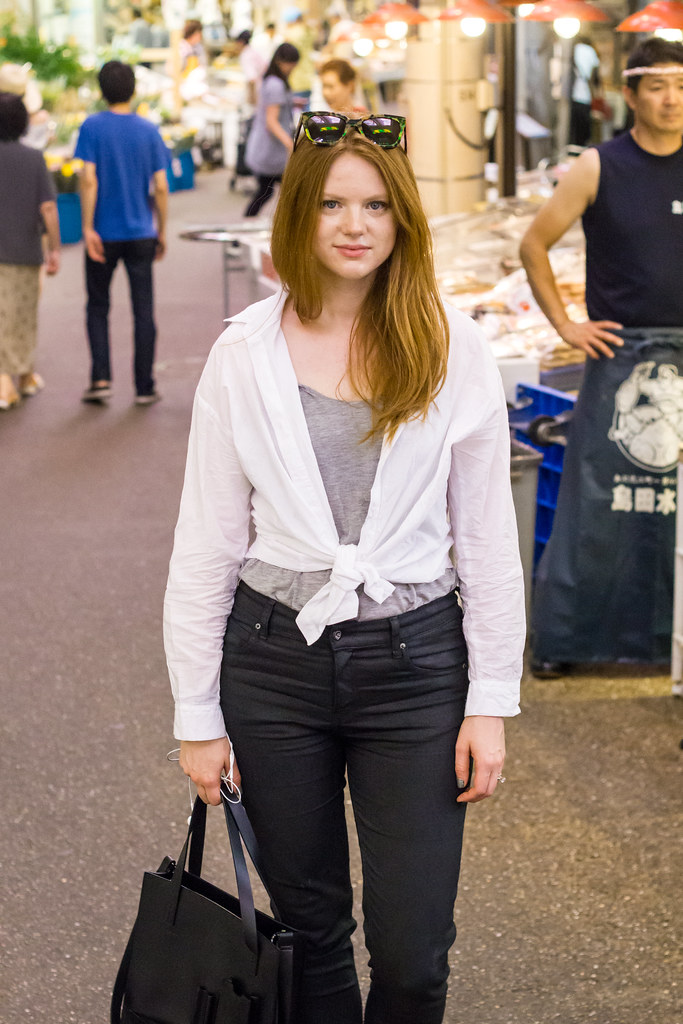
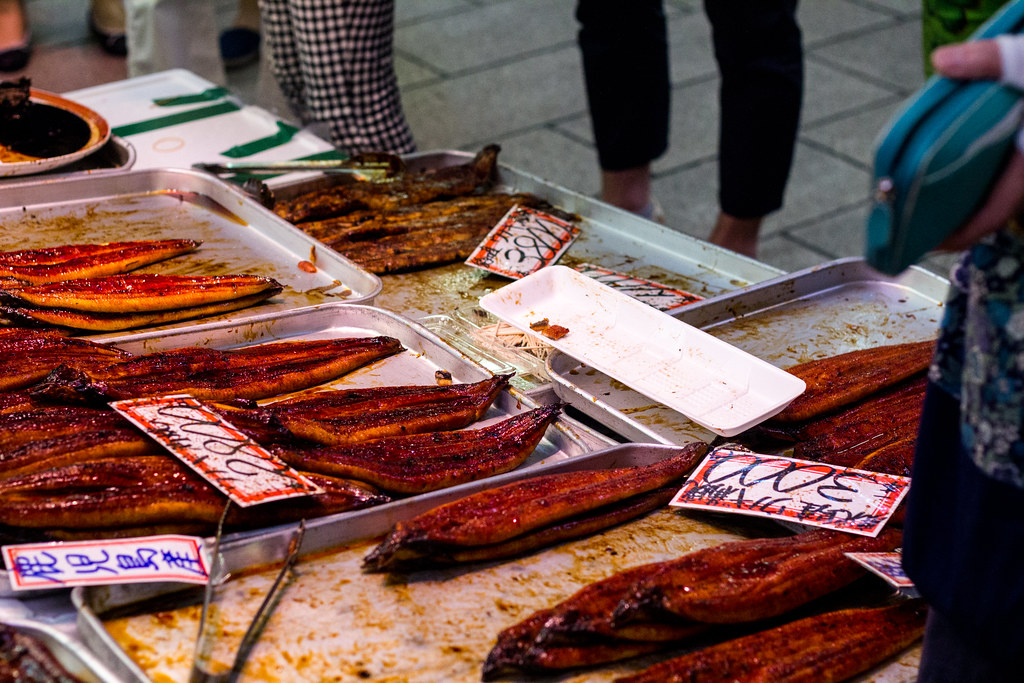
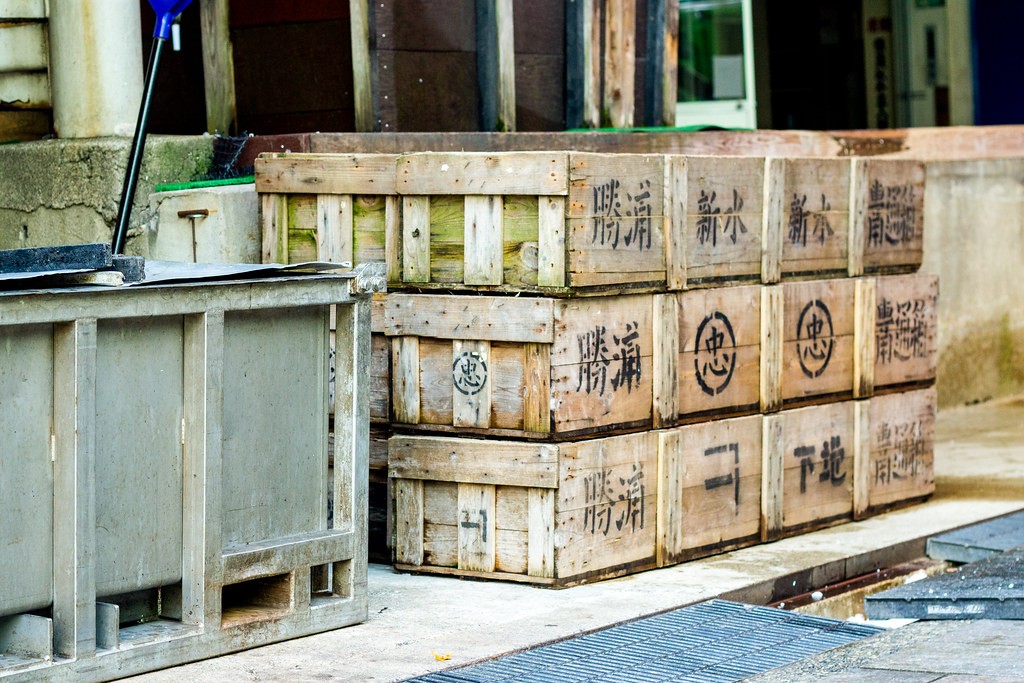
(For the curious, my meal at the second Isakaya was eventually figured out later at a bar in Kyoto. I was able to recount the meal to a few people and based on the description of it they wrote down the names of the dishes with almost absolute certainty. The businessmen had first ordered me a grilled Ayu, a freshwater fish who’s flavor has been noted for their sweetness and was currently in season. The sashimi was Kinmedai, a deep sea fish with bright red skin, known for its delicate flavor. As a drink, they had paired it all with glasses of Honkaku Shochu, a single distillation Sochu that still retained hints of the sweet potato flavor.)
